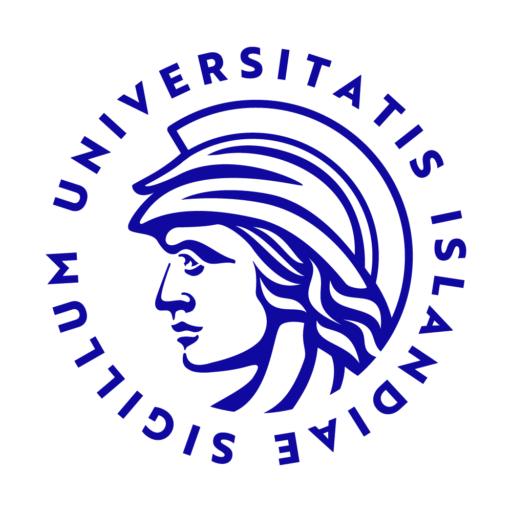Main author: Snædís Ragnarsdóttir
Institution or Company: Háskóli Íslands
Introduction: Germline mutations in BRCA1 and BRCA2 are associated with highly increased susceptibility to breast cancer as well as ovarian, prostate and pancreatic cancers. In the Icelandic population, a single heterozygote founder mutation, 999del5, accounts for a large majority of all cancer related BRCA2 mutations. This mutation is found in 6-7% of breast cancer cases in women and in 40% of male breast cancer cases. Interestingly, another BRCA2 mutation called K3326* is found in the Icelandic population and this mutation confers risk of lung cancer and cancers of the upper aero digestive tract but only with small effect on hormone-related cancers. The tissue specific genotype-phenotype correlation observed in BRCA2 K3326* and BRCA2 999del5 carriers is intriguing and calls for further studies on the mechanistic details that drive tissue specificity in BRCA mutation carriers.
Methods: Utilizing HDR CRISPR/Cas, we aim to generate cell line models for the BRCA2999del5 and BRCA2K3326* variants to study their tissue specific function and possible haploinsufficiency. This will be done in two commercial cell lines, MCF10A and BEAS-2B, derived from normal breast and lung tissue.
Results: Using the BRCA2999del5 and BRCA2K3326* cell line models will allow a detailed, well controlled, analysis of the potential impact BRCA2 heterozygote mutations are having on cellular functions.
Conclusions: The strength of the CRISPR based approach is that the BRCA2 wild type, heterozygous and homozygous cell line models are all derived from the same parental cell line, thereby minimizing the risk of inaccurate findings based on genetic/epigenetic heterogeneity. Also, by using both MCF10A and BEAS-2B based cell models, we will get important information regarding the tissue specificity of the BRCA2999del5 and BRCA2K3326* mutations.

